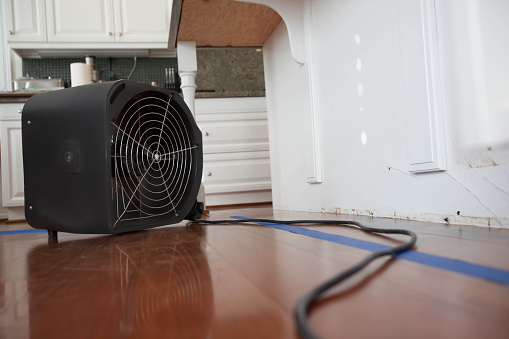Water damage is a common problem that affects many homeowners, and the aftermath can be overwhelming. The damage can range from minor water stains to severe structural damage that requires extensive repairs. When faced with water damage, it’s essential to take immediate action to prevent further damage and start the restoration process. In this article, we will discuss how to deal with the aftermath of water damage restoration .
Turn Off the Water Source
The first step in dealing with water damage is to turn off the water source. If the source of the water damage is a leaky pipe, a malfunctioning appliance, or a broken water supply line, turn off the water supply to prevent further damage. If you’re unsure where the water is coming from, call a plumber or a water damage restoration company to help you locate the source of the problem.
Assess the Damage
Once you’ve turned off the water source, assess the extent of the damage. Look for visible signs of water damage, such as water stains, mold growth, and warped or cracked walls or floors. You should also check for hidden water damage in areas like your attic, crawl space, or behind your walls.
Dry Out the Affected Area
The next step is to dry out the affected area as quickly as possible. Use a wet/dry vacuum to remove any standing water and open windows and doors to promote air circulation. If the damage is extensive, consider using a dehumidifier to help remove excess moisture from the air.
Remove Damaged Materials
After the area is dry, remove any damaged materials, such as wet drywall, carpet, or furniture. These materials can harbor mold and bacteria, so it’s essential to remove them as soon as possible. Be sure to wear protective gear, such as gloves and a face mask, when handling damaged materials.
Disinfect the Affected Area
Once the damaged materials are removed, disinfect the affected area to prevent the growth of mold and bacteria. Use a solution of water and bleach to clean surfaces and wipe down walls, floors, and other surfaces. Be sure to follow the manufacturer’s instructions for using the disinfectant.
Call a Water Damage Restoration Company
Dealing with water damage can be a daunting task, and it’s often best to leave the job to the professionals. A water damage restoration company has the experience and equipment to handle water damage of any size, from minor leaks to major floods. They can also help you file an insurance claim for the damage.
Document the Damage
Before you start the water damage cleanup process, be sure to document the damage for insurance purposes. Take photos and videos of the affected area, and make a list of all the damaged items. This documentation will help you file an accurate insurance claim and get the compensation you deserve.
File an Insurance Claim
Once you’ve documented the damage, file an insurance claim as soon as possible. Contact your insurance company and provide them with the documentation you’ve collected. An adjuster will be sent to your home to assess the damage and determine the amount of compensation you’re entitled to.
Start the Restoration Process
After the insurance claim is filed, it’s time to start the restoration process. A water damage restoration company will begin by removing any remaining moisture from the affected area and treating the area for mold and bacteria. They will then begin repairing the damage, such as replacing drywall, flooring, and other damaged materials. Once the restoration is complete, the area will be thoroughly cleaned and disinfected.
Prevent Future Water Damage
After the restoration is complete, take steps to prevent future water damage. This includes regular maintenance of your home’s plumbing and appliances, such as checking for leaks and replacing worn out parts. You should also make sure your home is properly ventilated






